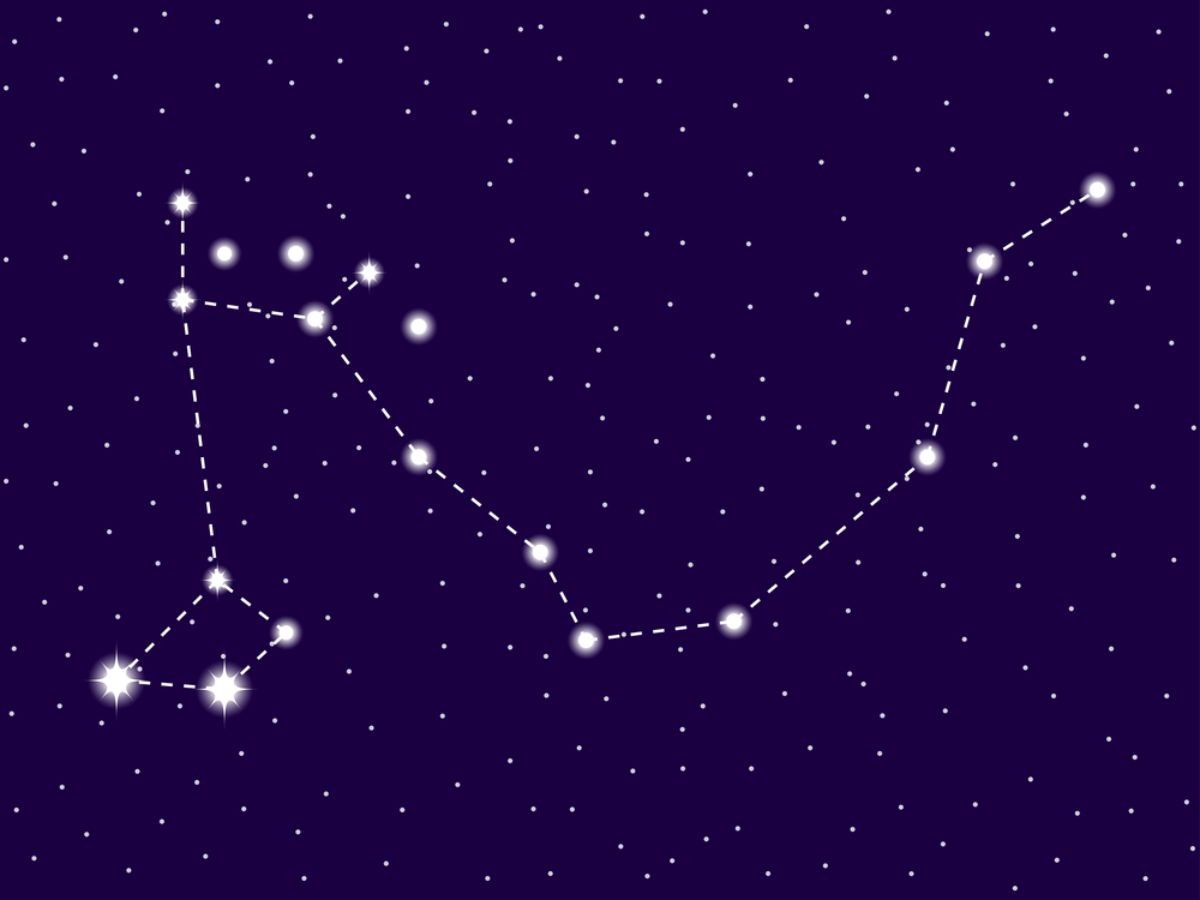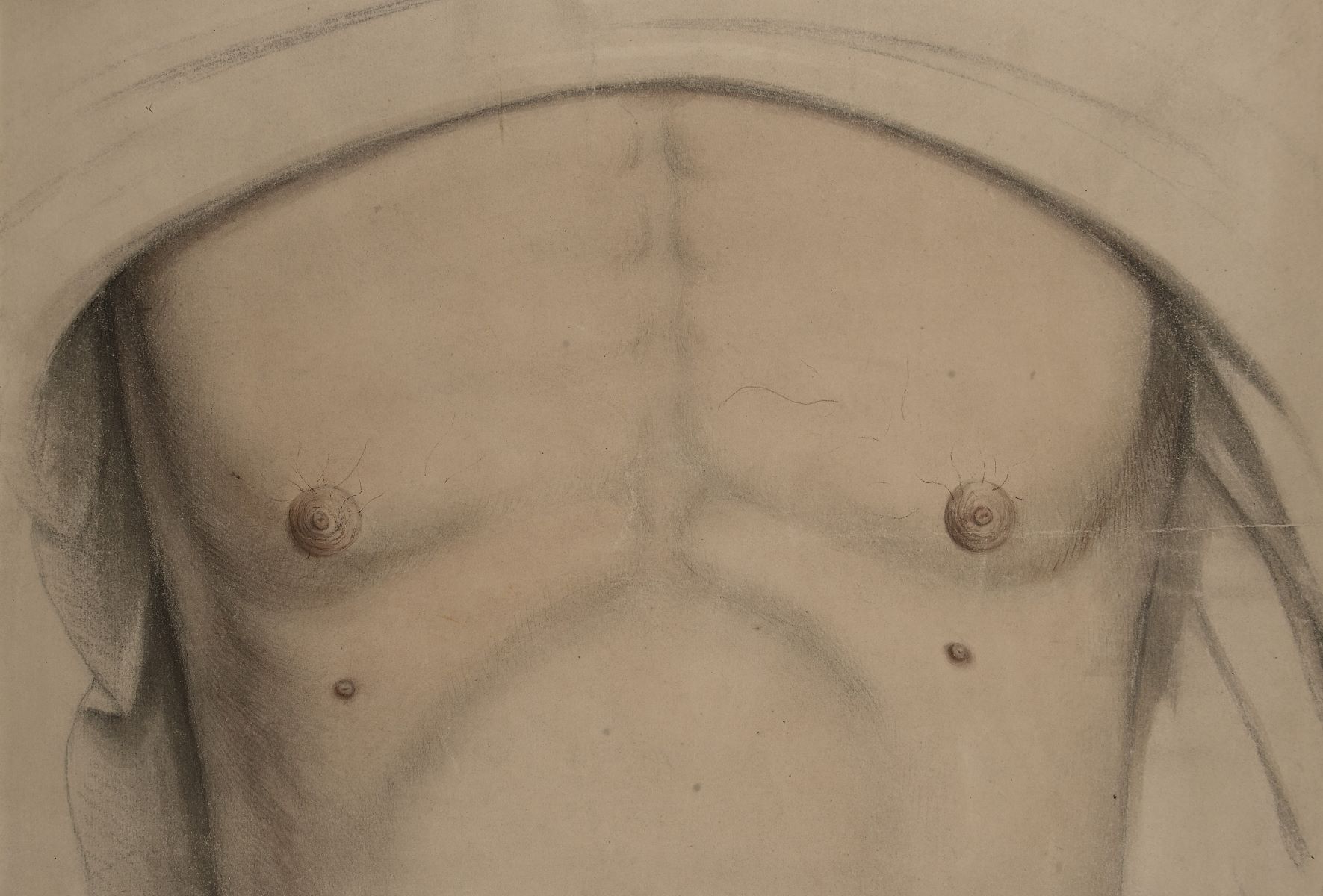
Draco Constellation is one of the most intriguing star patterns in the night sky. Named after the Latin word for "dragon," this constellation has captured human imagination for centuries. Why is Draco Constellation so fascinating? Because it twists and turns around the North Star, making it visible all year long in the Northern Hemisphere. Ancient cultures saw it as a dragon guarding celestial treasures. Draco also contains Thuban, a star that was the North Star around 4,000 years ago. Whether you're an astronomy buff or just curious, learning about Draco offers a glimpse into both the cosmos and human history.
Key Takeaways:
- Draco, the dragon constellation, has a rich history rooted in mythology, with connections to Hercules and ancient Roman stories. It is a prominent circumpolar constellation in the northern sky, visible year-round and surrounded by neighboring constellations.
- The stars of Draco, including Thuban and Eltanin, have historical significance and are used in navigation. The constellation also hosts meteor showers, deep-sky objects, and continues to be a subject of study in modern astronomy, with exoplanets and research.
The Mythology Behind Draco
Draco, the dragon constellation, has a rich history rooted in mythology. Let's explore some fascinating facts about this celestial dragon.
-
Draco's Origin: Draco represents Ladon, the dragon from Greek mythology. Ladon guarded the golden apples in the Garden of the Hesperides.
-
Hercules Connection: According to myth, Hercules slew Ladon during his Twelve Labors, which is why Draco is often associated with Hercules.
-
Ancient Stories: In Roman mythology, Draco was a dragon killed by the goddess Minerva and tossed into the sky.
Draco's Position in the Sky
Draco is a prominent constellation in the northern sky. Its unique position makes it a subject of interest for stargazers.
-
Circumpolar Constellation: Draco is circumpolar, meaning it never sets below the horizon for observers in the northern hemisphere.
-
Neighboring Constellations: It is surrounded by several constellations, including Ursa Minor, Ursa Major, and Hercules.
-
Visible Year-Round: Due to its circumpolar nature, Draco can be seen throughout the year in the northern hemisphere.
Draco's Stars
The constellation is composed of numerous stars, each with its own story and significance.
-
Thuban: Thuban, also known as Alpha Draconis, was the North Star around 2700 BCE. It held great importance for ancient civilizations.
-
Eltanin: Eltanin, or Gamma Draconis, is the brightest star in Draco. It is often used in navigation due to its brightness.
-
Rastaban: Rastaban, also known as Beta Draconis, means "head of the serpent" in Arabic. It is one of the constellation's prominent stars.
Interesting Facts About Draco
Beyond its mythology and stars, Draco has several intriguing aspects worth noting.
-
Meteor Showers: The Draconids meteor shower, which peaks in October, originates from Draco. It's a spectacular event for stargazers.
-
Deep-Sky Objects: Draco contains several deep-sky objects, including the Cat's Eye Nebula and the Spindle Galaxy.
-
Historical Significance: Ancient Egyptians aligned some of their pyramids with Thuban, showcasing its historical importance.
Draco in Modern Astronomy
Draco continues to be a subject of study and fascination in modern astronomy.
-
Exoplanets: Astronomers have discovered exoplanets orbiting stars within Draco, expanding our understanding of the universe.
-
Research and Observation: Modern telescopes and observatories frequently study Draco to learn more about its stars and deep-sky objects.
Final Thoughts on Draco Constellation
Draco, the dragon in the night sky, holds a treasure trove of fascinating facts. From its ancient mythological roots to its unique position in the sky, Draco captivates stargazers and mythology buffs alike. Its brightest star, Eltanin, shines as a beacon, guiding us through its winding form. The constellation's rich history, including its role in ancient navigation and its connection to various cultures, adds layers of intrigue.
Draco's position near the North Pole makes it visible year-round for many, offering endless opportunities for observation. Its deep-sky objects, like the Cat's Eye Nebula, provide a glimpse into the universe's wonders. Whether you're an amateur astronomer or just curious about the stars, Draco offers something for everyone. So next time you look up, take a moment to find Draco and appreciate the stories and science it holds.
Frequently Asked Questions
Was this page helpful?
Our commitment to delivering trustworthy and engaging content is at the heart of what we do. Each fact on our site is contributed by real users like you, bringing a wealth of diverse insights and information. To ensure the highest standards of accuracy and reliability, our dedicated editors meticulously review each submission. This process guarantees that the facts we share are not only fascinating but also credible. Trust in our commitment to quality and authenticity as you explore and learn with us.


